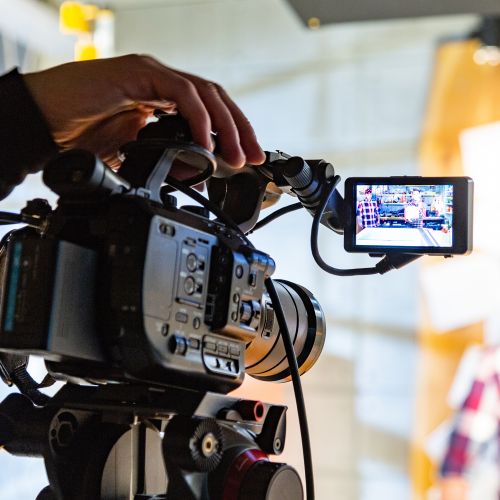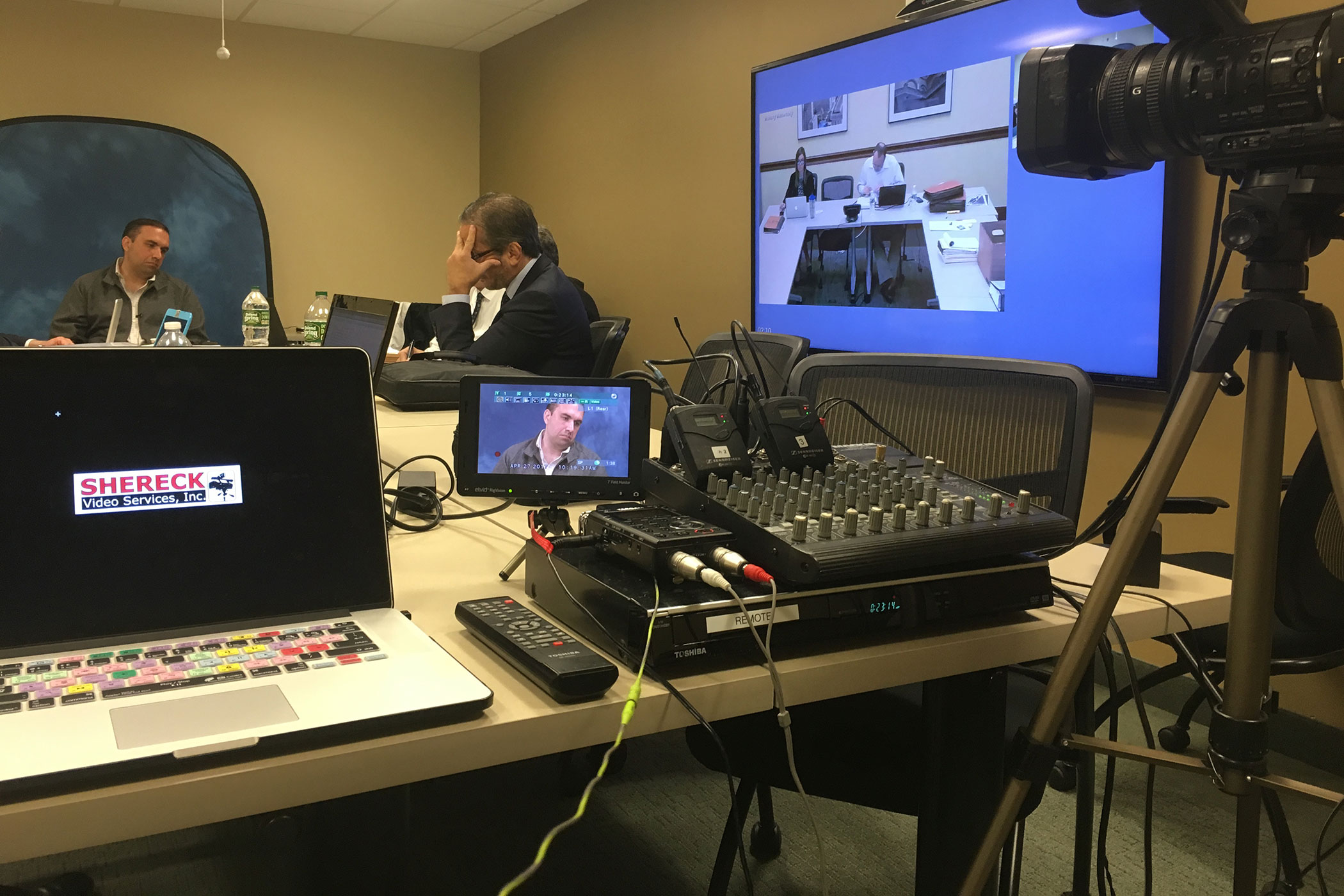Recognizing the Relevance of Videography in Legal Proceedings
The integration of videography into lawful proceedings has become a considerable aspect in the discussion and analysis of proof. By recording visual components such as body language and faces, videography improves the narrative surrounding witness statements and can exceptionally affect court assumptions. As the lawful landscape progresses, comprehending its implications on credibility and quality comes to be important for attorneys. What ideal practices should be embraced to optimize its performance, and how might future developments improve this important aspect of the judicial procedure?
Duty of Videography forthcoming
Videography plays a significantly vital duty in legal procedures, functioning as a powerful tool for providing proof. The assimilation of video clip recordings right into the lawful framework allows for a more dynamic depiction of facts, allowing jurors and courts to envision occasions as they took place. This aesthetic documents can encompass a variety of materials, including monitoring footage, videotaped witness testaments, and specialist presentations, all of which can considerably improve the evidentiary landscape.
One of the main advantages of videography is its capability to catch subtleties that might be shed in created accounts. Faces, body movement, and situational context can offer vital insights, helping to convey emotions and intentions that message alone can not. The use of video proof cultivates a much more engaging court experience, potentially aiding jurors in recognizing intricate situations.
As technology advances, the top quality and access of videographic evidence have boosted, making it an indispensable part of modern-day legal techniques. Courts significantly acknowledge the worth of video clip as a reputable source of details, prompting lawyers to adjust their methods for evidence discussion. Ultimately, videography offers not only to highlight truths but additionally to improve the overall integrity of the judicial procedure.

Enhancing Reliability and Clarity
A significant benefit of integrating videography in legal proceedings is its capability to improve both trustworthiness and clarity of proof provided in court. Videographic evidence can catch nuances that composed documents might neglect, such as tone, body language, and context. This graph permits judges and courts to much better comprehend the conditions surrounding the instance, thereby fostering an extra precise understanding of the events in question.

Additionally, the quality paid for by videography lowers the possibility of misconception that can arise from textual descriptions. This accuracy is especially important in intricate situations, where information can be easily misinterpreted. Eventually, by providing evidence in a visually available style, videography not just strengthens the stability of the judicial procedure but additionally sustains informed decision-making by those included in lawful proceedings.
Effect on Court Assumption
The inclusion of videographic evidence substantially influences court assumption, typically leading to a lot more involved and informed deliberations. Jurors are commonly more responsive to visual info, which can boost their understanding of complicated situations. Videography presents facts in a fashion that is both obtainable and engaging, permitting jurors to connect with the evidence on a more personal level.
Furthermore, the capability to witness events as they happened can stimulate psychological actions that created records or verbal statements may fail to generate. This emotional interaction can lead jurors to create more powerful viewpoints concerning the reputation of witnesses and the overall narrative of the instance. The visual depiction of proof also helps in clarifying uncertainties, making the original source it simpler for jurors to understand the context and importance of the information presented.
Additionally, videography can serve as a powerful device for storytelling, enabling attorneys to create an influential story that resonates with the court. When jurors can envision situations and witness essential moments, their capacity to intentional thoughtfully and get to a well-informed judgment is dramatically enhanced, inevitably influencing the result of legal process.
Best Practices for Legal Videography
Implementing ideal click site practices in lawful videography is necessary for ensuring that aesthetic evidence is both effective and credible in the courtroom. Initially, select certified professionals that specialize in lawful videography to ensure the technical high quality of the recordings. This includes making use of high-resolution video cameras and professional audio tools to capture clear visuals and sound.
Second, maintain proper documentation throughout the recording process. This entails creating a thorough log that consists of timestamps, summaries of the web content, and the identifications of all individuals existing. Such paperwork can reinforce the authenticity of the video clip.

In addition, consider using appropriate modifying techniques. While it is essential to protect the original web content, minor modifications for clearness-- such as improving audio levels-- can improve the general discussion without modifying the compound.
Future Trends in Legal Videography
As legal videography continues to advance, arising techniques and modern technologies are shaping the future landscape of visual evidence in the courtroom (Legal Videography). One substantial fad is the assimilation of high-def and 4K video clip quality, improving the quality and information of recorded statements and proof. This improved resolution aids jurors in comprehensively examining the credibility of witnesses and the check it out subtleties of the here and now materials
Additionally, using artificial intelligence (AI) in video clip evaluation is acquiring grip. AI devices can assist in identifying crucial moments in video footage, creating transcripts, and even analyzing non-verbal communication, which supplies much deeper understandings right into witness credibility. Additionally, digital truth (VR) and increased fact (AR) are poised to change exactly how evidence is offered, allowing jurors to submerse themselves in criminal activity scenes or circumstances, thereby cultivating a more extensive understanding of the context.
Final Thought
In summary, videography offers as an essential device in lawful proceedings, improving the presentation of proof and improving the total understanding of instances. By recording non-verbal cues and strengthening the trustworthiness of witness accounts, videography significantly affects court assumption and decision-making processes - Legal Videography. Complying with finest techniques makes certain the efficiency of lawful videography, while emerging patterns guarantee to more increase its duty in the judicial system, ultimately fostering an extra enlightened and involved lawful setting
Videography plays a significantly critical role in legal process, serving as an effective medium for offering proof.A considerable benefit of integrating videography in lawful proceedings is its capacity to boost both credibility and quality of proof offered in court. Inevitably, by providing proof in a visually available style, videography not just enhances the stability of the judicial procedure but additionally supports enlightened decision-making by those involved in legal process.
In recap, videography offers as a vital device in lawful procedures, enhancing the discussion of proof and improving the general understanding of situations. Legal Videography. Sticking to best practices ensures the effectiveness of lawful videography, while emerging fads promise to more boost its role in the judicial system, eventually fostering an extra informed and involved lawful atmosphere